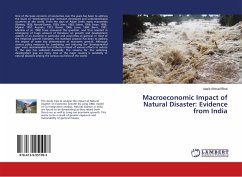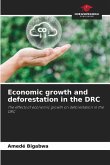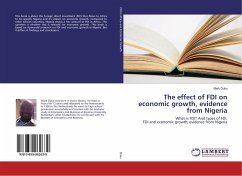One of the basic concerns of economics over the years has been to address the issues of "development gap" between developed and underdeveloped countries of the world. From the days of Adam Smith many economists (Ramsey, 1928; Harrod-Domar, 1939; Seers, 1962; Solow, 1956; Swan, 1956; Mydral, 1957; Kuznets, 1973; Romer, 1986; Lucas, 1988; Barro, 1991; Mankiw et al, 1992) have answered this question, and thus resulted in emergence of huge amount of literature on growth and development aspects of an economy in particular and economies at general. In most of the empirical growth estimates, the standard practice has been to address the impact of some key determinants of economic growth. Although various policy measures for combating and reducing the 'developmental gap' were recommended but hitherto instead of various efforts to reduce it, the gap has widened drastically. The reasons for this widening development gap are many. One of the major reasons is variability to natural disastersamong the various countries of the world.








